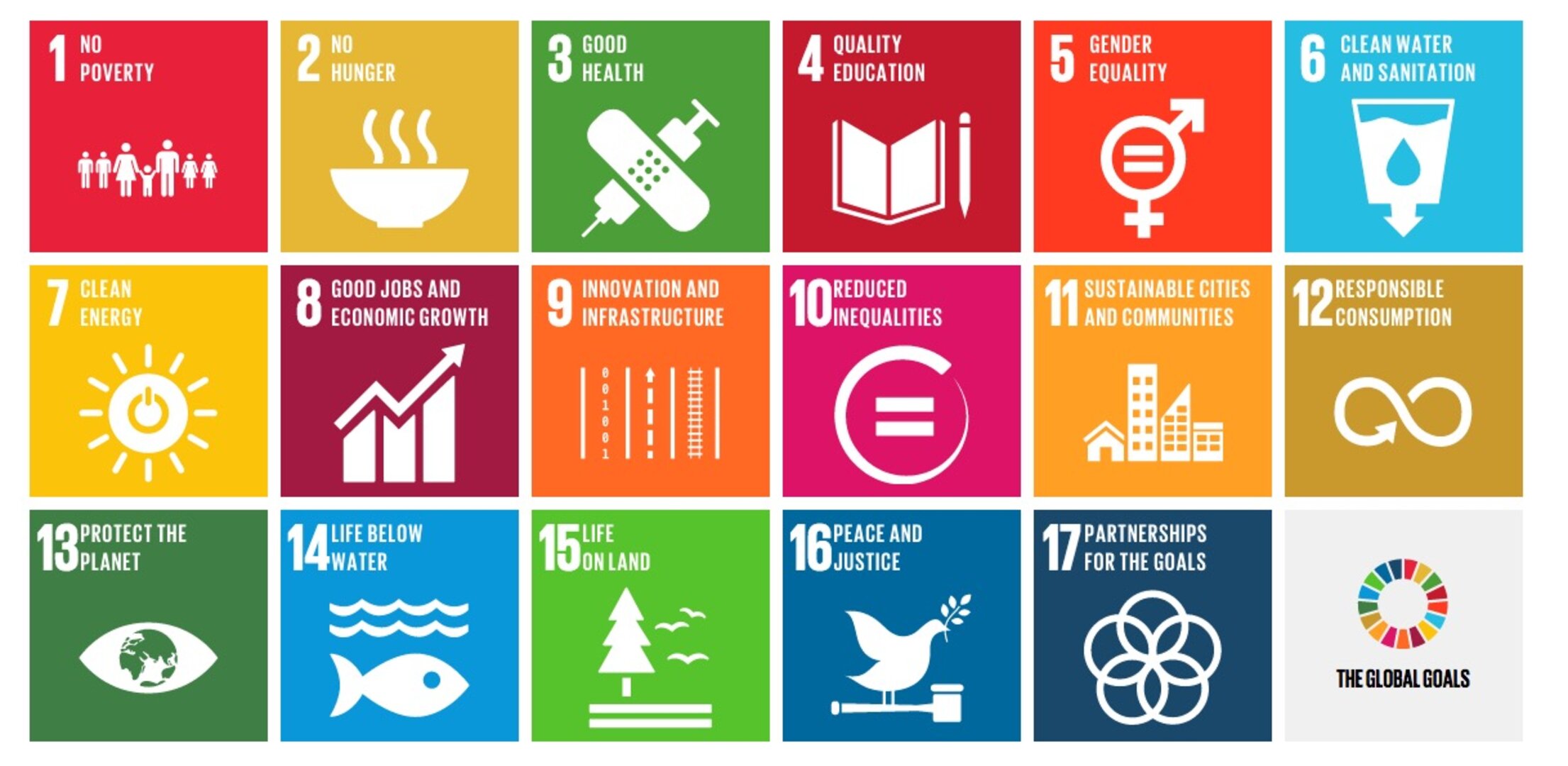
The need for permanence in carbon credits
There are many debates about which factors to include into a quality analysis of carbon credits. But permanence is not up for debate (more quality criteria here). As sustainability leaders, comprehending permanence is vital for making informed decisions that drive lasting climate change mitigation. This article explores how permanence ensures the credibility and efficacy of climate impact.
Understanding permanence
Permanence means ensuring that carbon projects sustain their emissions reductions or removals over time. The goal is to prevent carbon from being released back into the atmosphere due to different circumstances (knowingly or accidentally).
The permanence challenge
Carbon projects, like reforestation, biochar, enhanced weathering and direct air capture, contribute to carbon removal. However, they face challenges in achieving permanence.
- Natural risks: wildfires, extreme weather, or disease outbreaks can risk carbon loss, impacting long-term sustainability.
- Human activities: deforestation and improper land-use can undermine permanence, compromising projects’ effectiveness.
- Regulatory changes: shifting regulations may affect project viability, leading to emissions reversals.
Mitigating permanence risks
Addressing permanence challenges ensures the credibility of your climate strategy. Strategies to mitigate risks include:
- Robust project selection: choose projects with proven permanence potential.
- Monitoring and reporting: implement robust systems to track project performance. Transparent reporting detects risks early for corrective action.
- Crediting period duration: Investigate the used crediting period for projects, considering risks for lasting impact.
- Insurance and risk management: consider risk mitigation to protect projects against unforeseen events.
The importance of third-party verification
Third-party verification and certification assures projects meet recognized standards. Working with reputable auditors enhances transparency and credibility (find more here). Detailed analysis beyond the assessment of certification standards is required to ensure you are supporting a high-quality carbon project.
Benefits of emphasizing permanence
Prioritizing permanence in carbon projects offers several benefits for your climate strategy:
- Meeting ESG goals: permanence aligns projects with your ESG objectives, promoting transparency and accountability.
- Enhanced corporate reputation: demonstrating commitment to projects with high permanence can boost your internal and external reputation among stakeholders.
- Risk mitigation: addressing permanence risks safeguards your carbon credit portfolio, reducing financial and reputational risks.
Conclusion
Permanence in carbon projects is vital for driving lasting change. As leaders, your choices shape a greener future. By investing in projects prioritizing permanence, adopting robust monitoring and verification, and mitigating risks, your company can make a significant impact on global climate change.


